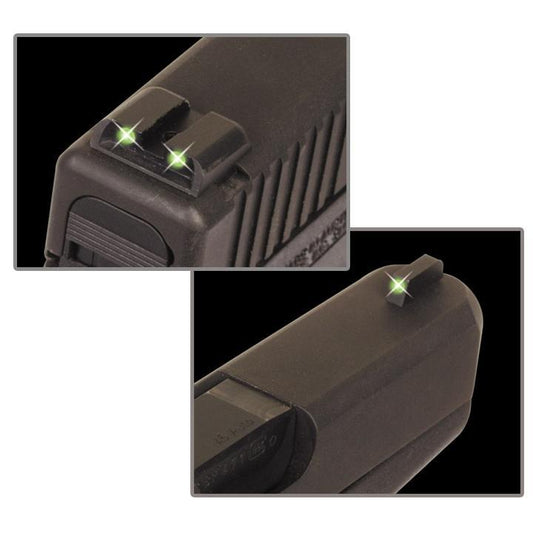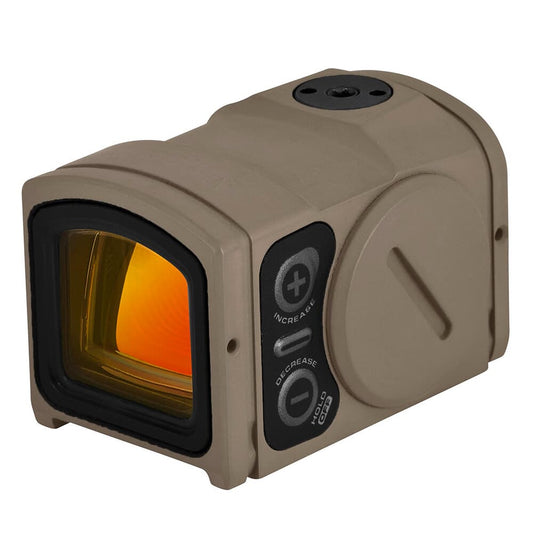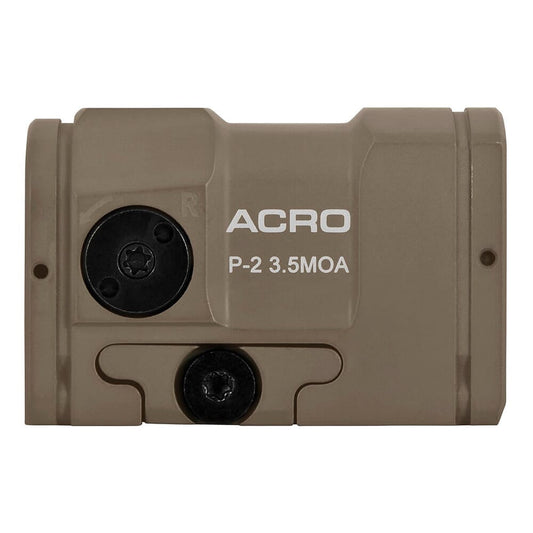

Truglo Tritium Sights Front & Rear for Sig #8 offer a combination of tritium and fiber-optic technologies that enhance visibility in various lighting conditions. These sights provide a bright and dependable sight picture, ensuring that you can aim confidently whether in daylight or darkness. The battery-free design means you won't have to worry about power sources, allowing for uninterrupted shooting sessions.
Constructed from CNC-machined steel, the sights are built to withstand rugged use while being snag-resistant for smooth drawing from holsters. The concealed fiber optics provide stealth while aiming, making these sights ideal for tactical situations. With a snug fit in standard holsters, these sights improve shooting accuracy in all environments.
Features:
- BRIGHTNESS IN ALL CONDITIONS – Consistent visibility from bright daylight to complete darkness.
- PATENTED TECHNOLOGY – Combines fiber-optic and tritium for superior sighting performance.
- SNAG-RESISTANT DESIGN – Facilitates smooth holster transitions without catching.
- NO BATTERIES REQUIRED – Always operational, ensuring reliability without the need for power sources.
- CNC-MACHINED STEEL – Durable construction for long-lasting use in demanding conditions.
- CONCEALMENT FEATURE – Fiber optics are discreetly positioned to avoid detection by targets.
- UNIVERSAL FIT – Designed to work with standard holsters for easy access.
- ENHANCED ACCURACY – Boosts precision shooting across different lighting environments.
Technical Specifications Table
| Feature | Specification |
|---|---|
| Type | Tritium & Fiber-Optic |
| Material | CNC-Machined Steel |
| Fit | Standard Holsters |
| Color | Green Front/Rear |
What’s in the Box?
- Truglo Tritium Sights Front & Rear
- Installation Instructions
Customer Reviews
"These sights have dramatically improved my accuracy. The brightness is incredible!"
"I love how easy they are to install and the performance is outstanding in low light."
FAQ
What is the visibility range of the Truglo Tritium Sights? These sights provide excellent visibility in both bright conditions and complete darkness, allowing for accurate shooting no matter the environment.
Do these sights require any maintenance? Maintenance is minimal since they do not rely on batteries. Simply clean them occasionally to maintain optimal performance.
How do these compare to other tactical sights? Unlike many tactical sights, Truglo Tritium Sights offer a unique combination of fiber-optic brightness and tritium reliability, making them suitable for a wider range of conditions without the need for batteries.
Are they easy to install? Yes, the sights come with clear installation instructions, making setup straightforward for both novices and experienced shooters.
Can these sights withstand harsh conditions? Yes, the CNC-machined steel construction is designed for durability, ensuring reliable performance in rugged environments.
Similar Models
Looking for more options? Explore our complete Truglo lineup, featuring models like the Truglo TFO Pro for advanced targeting and the Truglo Brite-Site series for versatile shooting applications. Discover exceptional sights tailored for your needs today!
You May Also Like
Here’s some of our most similar products people are buying. Click to discover trending style.








